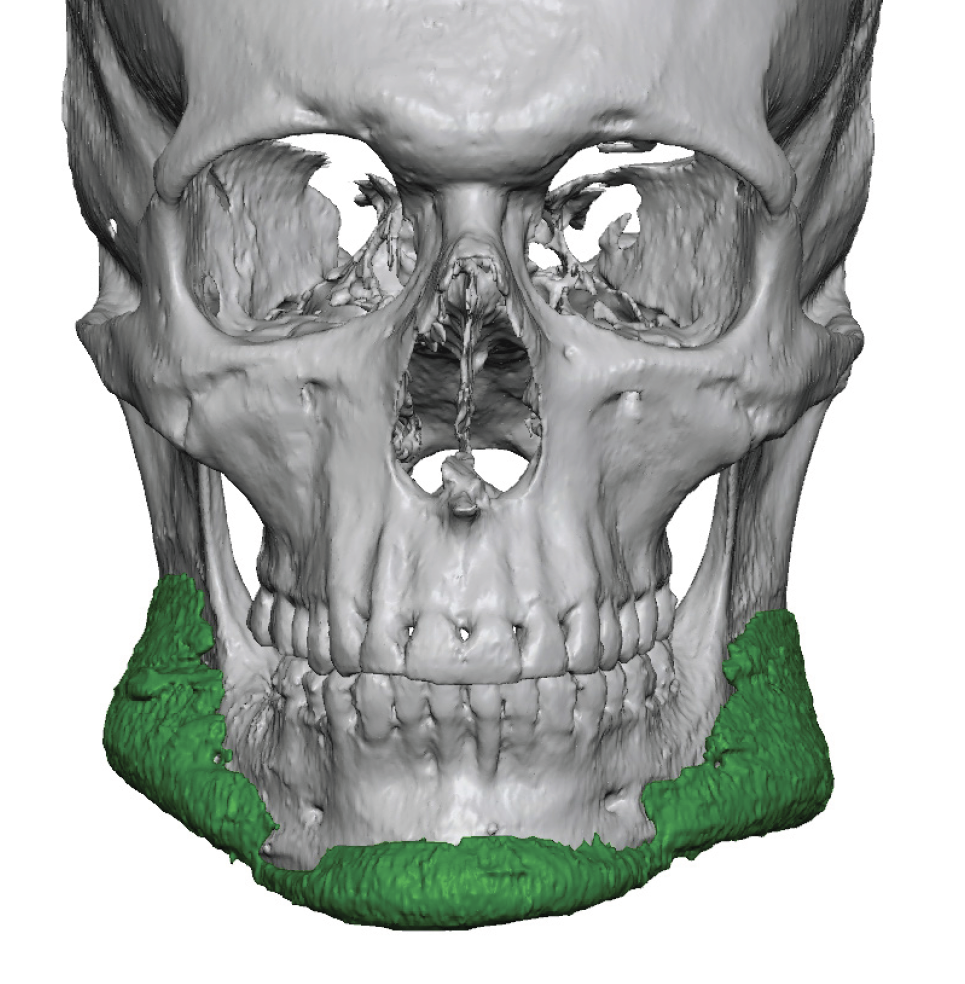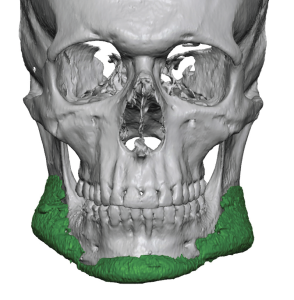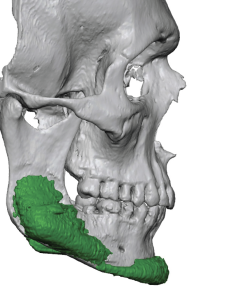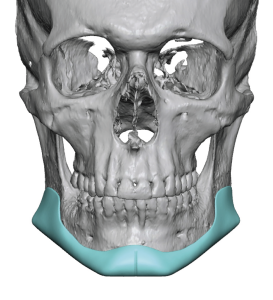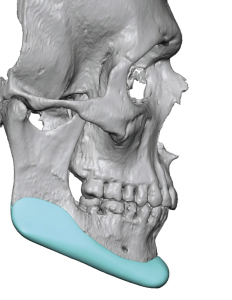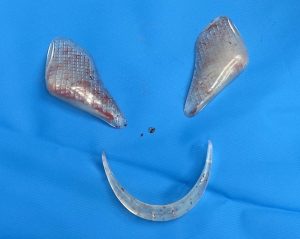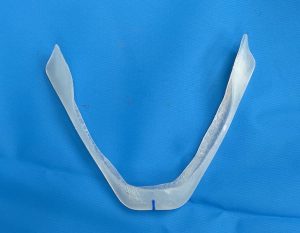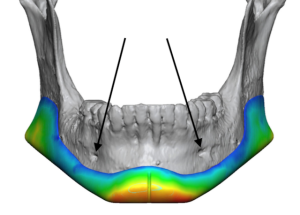Background: The historic and still acceptable method for total jawline augmentation is with the use of standard chin and jaw angle implants. The most common problem with the use of such standard implants is malposiiton of them affecting the symmetry of the result. But even when such chin and jaw angle implants are well placed the aesthetic outcome may still not be achieved for some patients.
One of the unique phenomenon that happens with any form of facial reshaping, whether it be additive (augmentation) or even reductive, is one never knows how they will really feel about the changes made until after it is done and settled in. A certain number of facial augmentation patients will ultimately make the decision that while the change is positive there are certain aspects about it that can be better. Such is the fate of some patients with standard chin and jaw angle implant patients.
Knowing that a superior method of jawline augmentation exists in which the dimensions of the implant(s) can be better controlled, this can become the motivation for the standard chin and jaw angle patient to seek further improvement.
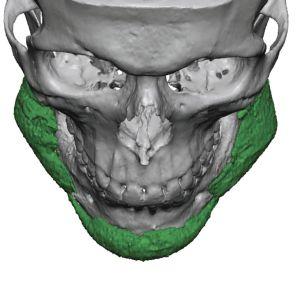
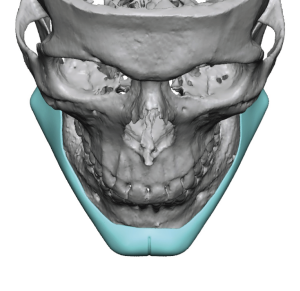
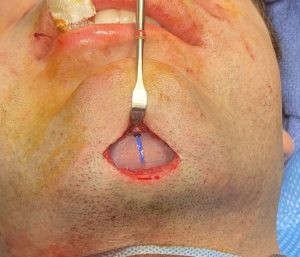
With an established capsule it can be difficult to get the custom jawline implant introduced as one piece through the submental incision and getting it safely below the mental nerve. The key is not having the jaw angle part of the implant with too much vertical height.
Case Highlights:
1) Jawline augmentation by well placed standard chin and jaw angle implants may still lead to an unsatisfied result due to implant sizes or lack of uniform connectivity.
2) The design process for a custom jawline implant by seeing the indwelling implants allows for improved implant sizing and the creation of a smooth shape from one jaw angle to the other.
3) Placing a custom jawline implant after the removal of indwelling chin and jaw angle implants requires subcapsular placement on the bone.
Dr. Barry Eppley
Indianapolis, Indiana

